Duane Dailey – In Memoriam
By David Rees
The Mule Project
Working with Melvin Bradley, a University of Missouri professor of animal science from 1948 to 1990, Duane spent years photographing Missouri mules and their owners. This work, created mostly in 1982-83, was exhibited before he joined forces with the Angus and Betty McDougall Center for Photojournalism Studies to scan the negatives and edit the archive into an exhibit that was displayed at the McDougall Gallery in 2015.
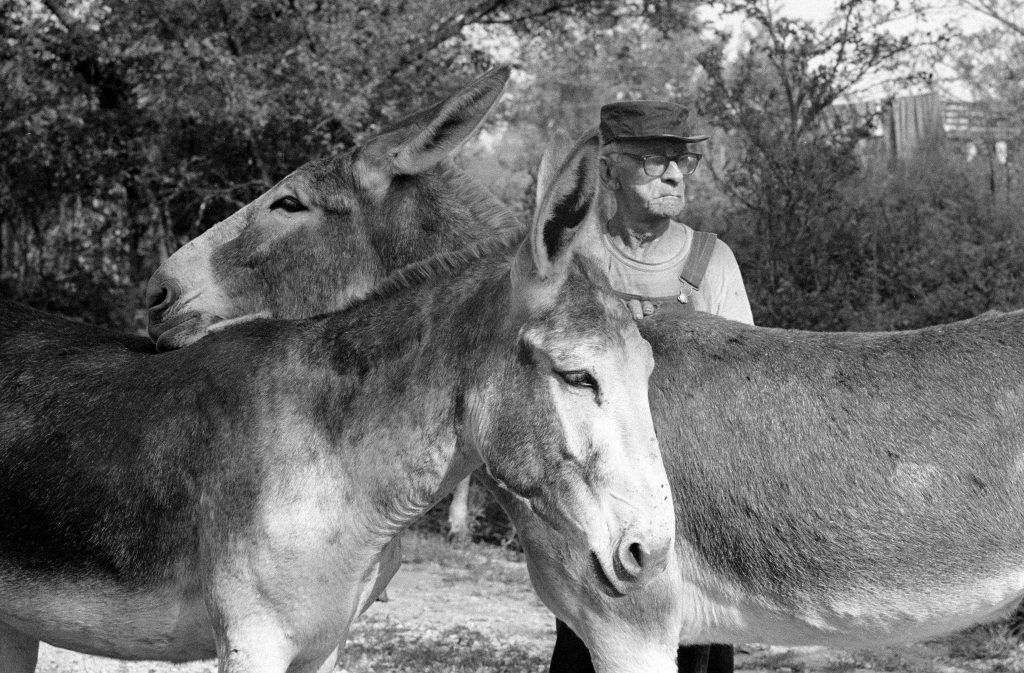
Dailey and Bradley interviewed the men and observed the mules as they plowed the earth, moved timber to saw mill trucks and performed their “civilized” version at the Missouri State Fair.
As exhibit coordinators Jim Curley and David Rees wrote in the first exhibit’s informational panels, “We learn from these stubborn, gentle, persistent creatures, and the men and women devoted to them. It is a beautiful partnership of man and beast.”
“Too few people understand the Missouri Mule, a beast of burden in peace and war. They worked farms, forests and mines, yet never shed a reputation for stubborn-ness, even cantankerousness. Those who knew them tell a better story: Mules are intelligent, hardworking, agile, quick to learn, dependable – and wiser than horses.” The men who work with the mules say “‘You must be smarter than a mule to work a mule.’ They admit mules have strong personalities and sense of preservation. Mules won’t do dumb things asked by unwise masters.”
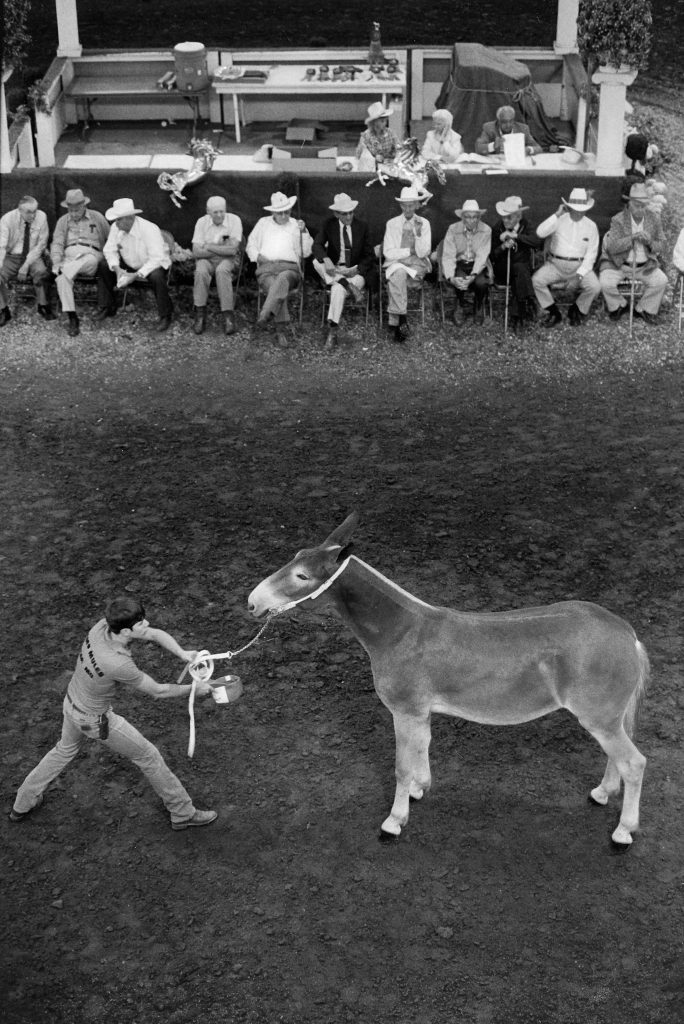
Duane’s life was a history lesson of the early rural Missouri years and beyond…
“I’ve been a Missourian all my life, and I’m a show-me boy,” said octogenarian Duane Dailey in September 2019.
He was born in South Lineville, Missouri (Lineville is north, across the Iowa state border). His life in the remote small town, and then on Dailey’s Acres, a one-section (640 acre) farm, provided a strong allegiance to an agricultural life.
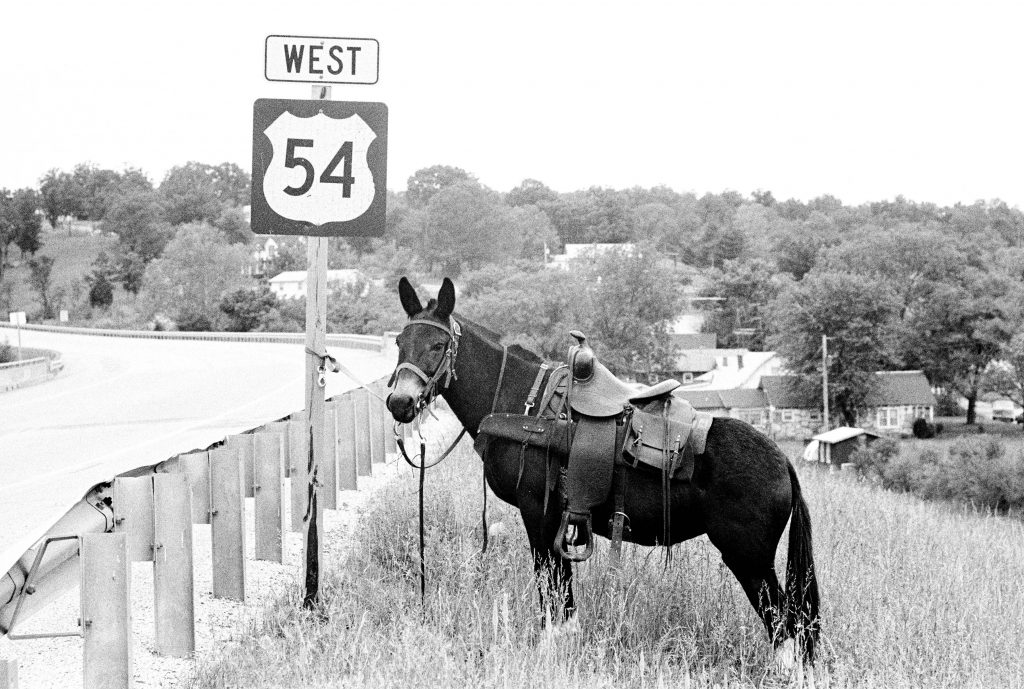
“Growing up, we raised all of our food. Dad put me to work right off the bat with chores; on the farm there are no sick days. We had two milk cows so we had a lot of milk; I churned butter.” The family had vegetable gardens, canning the harvest, and raised beef cattle and hogs.
“When we went grocery shopping we bought flour, sugar and salt, and the rest of the food we grew ourselves.” Life was straightforward hard work. “We didn’t have electricity and so we did it all by hand. I remember when the REA came through,” bringing electricity to rural areas.
“A farmer friend became an electrician and put in wires in the house, and we had one light bulb in the center of each room and one electrical outlet.” The Rural Electrification Act (REA) was enacted in 1936 by President Franklin Delano Roosevelt as part of the New Deal, bringing electricity to Missouri’s rural areas for the first time.
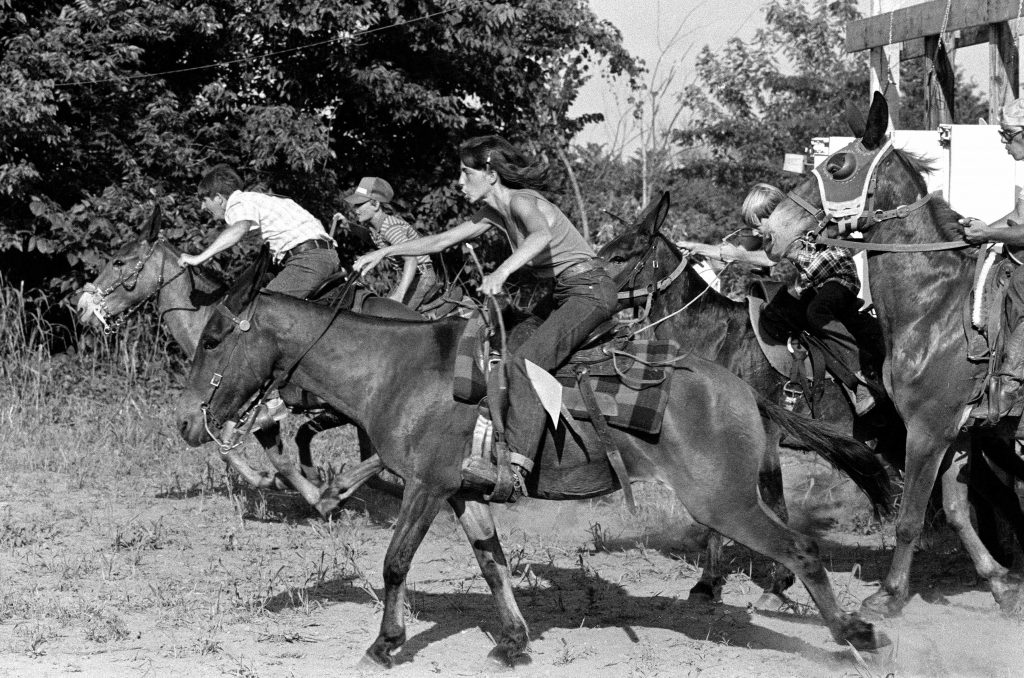
With a high school English teacher’s encouragement, he went to the University of Missouri. “I wanted to go to the School of Journalism and found out there was agricultural journalism and said, ‘that’s me.’ I think I was in arts and science for one day and then moved to the ag journalism program.”
Upon graduation he fulfilled his ROTC commitment by joining the Army as a second lieutenant and providing artillery training at Fort Sill in Oklahoma, which is why, “I’ve got artillery ears,” he says, and has some difficulty hearing normal and high frequency sounds. Two years of this duty was enough for him. “I was saying, get me out of here, get me out of here.”
As he looked for a job as an agricultural reporter, his lifelong ambition, the University of Missouri made him an offer too tempting to pass up – to become the 4-H editor for MU Extension while working on a master’s degree combining journalism and extension education.
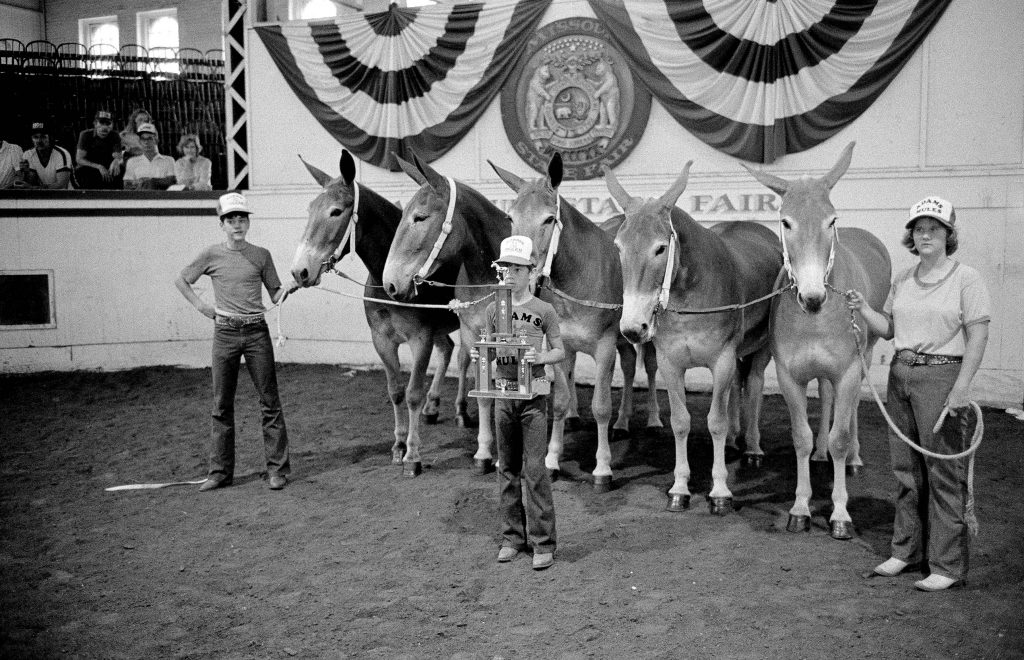
“Then the real life changing thing happened early on.” His boss, “Dick Lee allowed me to do about anything I wanted,” to widen his communication skills.
Duane signed up for the 1961 Missouri Photo Workshop in Cape Girardeau – MPW.13. Eventually he would create a complementary Agricultural Editors Photo School. And then in 1986 he and Bill Kuykendall inherited the reins to the Missouri Photo Workshop and directed it for 15 years.
He continued to participate in an “emeritus” role in the workshop, writing columns for The Rangefinder, counseling students and quietly providing leadership for 37 workshops.
Duane remained an active writer and photographer of agricultural issues until his death in March 2020. He combined those two talents for 50 years. His mantra was, “ Keep doing it, keep doing it.” He was relied on as an accurate and insightful reporter by many farmers. “My job all these years has been as a translator – I translate bureaucratic blarney into farmer talk.”
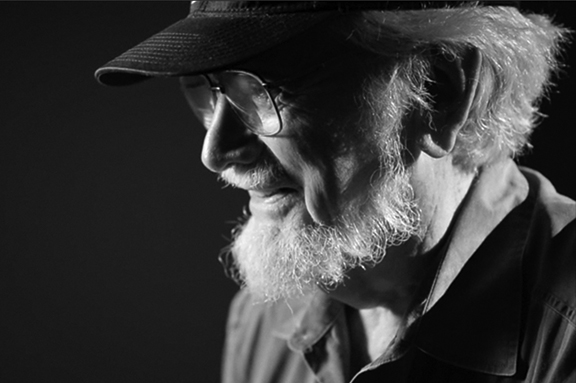
Duane Dailey’s Missouri Men and Mules will be on display at the McDougall Gallery in Lee Hills Hall through October 2020.





